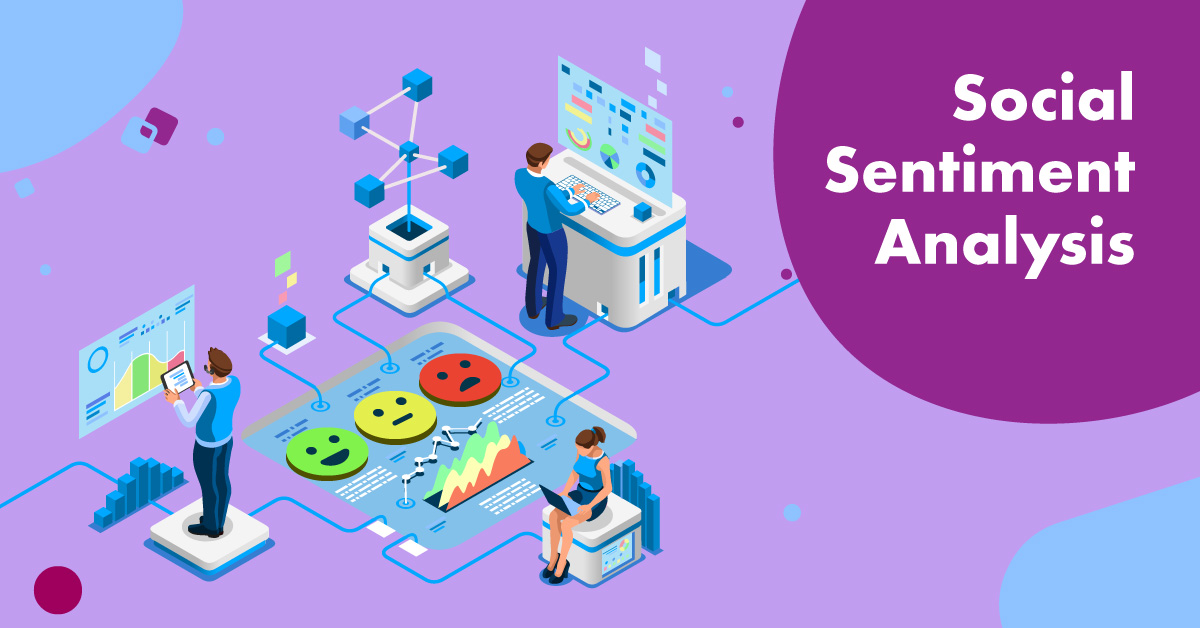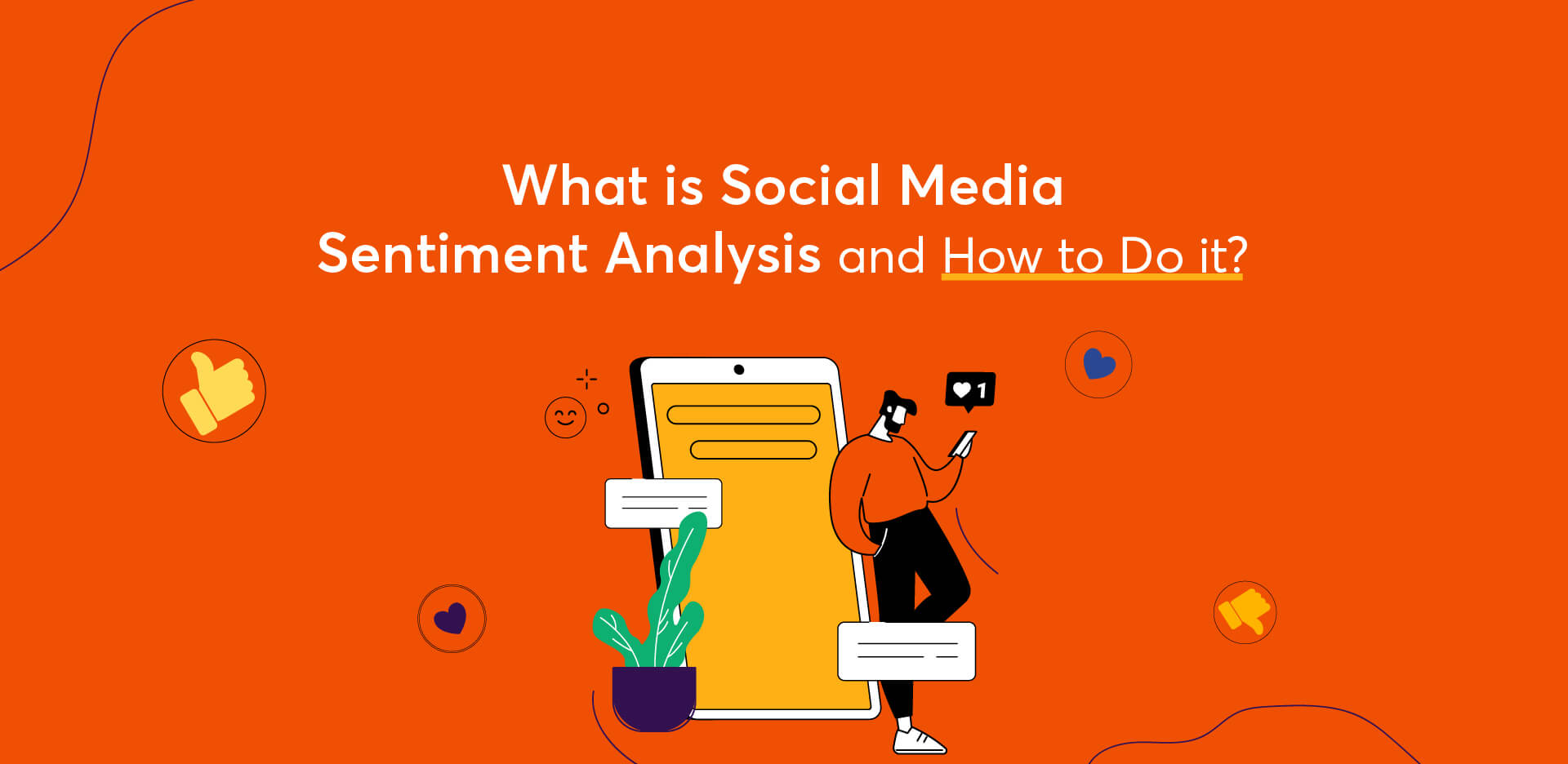In today’s digital era, the social landscape has become a thriving hub for conversations, opinions, and sentiments. Social media platforms have revolutionized the way people interact, communicate, and share their experiences. For businesses and brands, this vast expanse of social data is a treasure trove of valuable insights that can shape their strategies and decisions. This article delves into the realms of “Social Listening and Sentiment Analysis,” exploring their significance and impact on businesses in the modern world.
Social Listening and Sentiment Analysis: Unraveling the Pulse of Consumer Sentiments

What is Social Listening?
Definition
Social Listening, also known as Social Media Monitoring, is the process of tracking and analyzing online conversations and mentions related to a specific brand, product, service, or industry. It involves monitoring various social media platforms, forums, blogs, and news articles to gain an understanding of what customers are saying about a particular topic.
Importance
Social Listening is a powerful tool that enables businesses to grasp customer perceptions, preferences, and pain points. By monitoring online conversations, brands can identify trends, discover opportunities, and detect potential crises in real-time.
Understanding Sentiment Analysis
Definition
Sentiment Analysis, also known as Opinion Mining, is a subset of Natural Language Processing (NLP) that involves determining the emotional tone behind a piece of text. It aims to classify whether the sentiment expressed is positive, negative, or neutral.
How It Works
Sentiment Analysis utilizes machine learning algorithms to process text and extract sentiments. These algorithms analyze keywords, phrases, and context to assess the writer’s attitude toward a particular subject.
Benefits of Social Listening and Sentiment Analysis
Market Research and Consumer Insights
Social Listening and Sentiment Analysis provide businesses with unparalleled market research capabilities. By understanding customer preferences and pain points, companies can tailor their products and services to meet the demands of their target audience.
Brand Reputation Management
Managing brand reputation is crucial in today’s hyper-connected world. Social Listening allows brands to identify and address negative sentiments before they escalate, safeguarding their reputation.
Crisis Management
Social Listening plays a pivotal role in crisis management. By spotting early signs of a crisis, brands can respond promptly, mitigating potential damages and maintaining customer trust.
Competitor Analysis
Staying ahead of the competition requires constant vigilance. Social Listening helps businesses gather intelligence on competitor strategies and customer responses to competitor offerings.
Tools and Techniques for Social Listening and Sentiment Analysis
Social Media Monitoring Tools
A variety of social media monitoring tools, such as Hootsuite, Sprout Social, and AIM Insights, offer real-time tracking of brand mentions and conversations across different platforms.
Text Analysis Tools
Text analysis tools, including IBM Watson and Google Cloud NLP, use sophisticated algorithms to decipher sentiments and emotions from textual data.
Sentiment Analysis Algorithms
Machine learning-based sentiment analysis algorithms, such as Naive Bayes and Support Vector Machines (SVM), are widely used for sentiment classification.
Challenges
Language and Context Complexity
Understanding context and language nuances poses a challenge for sentiment analysis algorithms, as sentiments can vary based on cultural and regional factors.
Data Privacy and Ethics
Gathering and analyzing data from social media raises concerns about data privacy and ethical usage. Companies must handle user data responsibly and transparently.
Tips for Effective Social Listening and Sentiment Analysis
Define Clear Objectives
Clearly define the objectives of social listening and sentiment analysis to focus efforts on gathering relevant insights.
Choose the Right Tools
Select appropriate tools and platforms that align with the specific requirements of the business and its target audience.
Monitor Multiple Platforms
Diversify social listening efforts to cover multiple platforms where customers may be discussing the brand or industry.
Respond and Engage
Engage with customers promptly and authentically, responding to their feedback and addressing their concerns.
Real-World Examples of Successful Social Sentiment Analysis
Case Study 1: Brand Improvement Through Social Listening
A leading consumer goods company implemented social listening to identify customer pain points and expectations. They used the insights to refine their product line and witnessed a significant increase in customer satisfaction.
Case Study 2: Crisis Aversion with Sentiment Analysis
A multinational tech company detected negative sentiment around a new product launch. Through sentiment analysis, they addressed the issues proactively, preventing a potential public relations disaster.
Future Trends
The future of social listening and sentiment analysis is promising. Advancements in AI and NLP will enable more accurate sentiment analysis and better contextual understanding, empowering businesses to make data-driven decisions.
Conclusion
Social Listening and Sentiment Analysis have become indispensable tools for businesses seeking to understand their customers deeply. By tapping into the rich source of social data, companies can gain a competitive edge, enhance their brand reputation, and foster lasting customer relationships.
As you embark on your journey to leverage the power of Social Listening and Sentiment Analysis for your business, we invite you to explore the cutting-edge solutions offered by AIM Technologies. Request a demo today and discover how our advanced tools and technologies can revolutionize your market research, brand management, and customer engagement strategies.
FAQs
What is the difference between Social Listening and Sentiment Analysis?
- Social Listening focuses on tracking online conversations, while Sentiment Analysis specifically analyzes the emotional tone expressed in those conversations.
How often should businesses engage in Social Listening?
- Ideally, businesses should engage in Social Listening on an ongoing basis to stay updated with the changing sentiments and preferences of their customers.
Are there any free tools available for Social Listening and Sentiment Analysis?
- Yes, some tools offer free basic features for Social Listening and Sentiment Analysis, but for more advanced capabilities, paid options are recommended.
Can Social Listening help with content creation?
- Absolutely! Social Listening provides valuable insights into trending topics and customer interests, aiding content creators in generating relevant and engaging content.
Is Sentiment Analysis always accurate?
- While sentiment analysis algorithms have improved significantly, achieving 100% accuracy is still challenging due to the complexity of human emotions and language.




